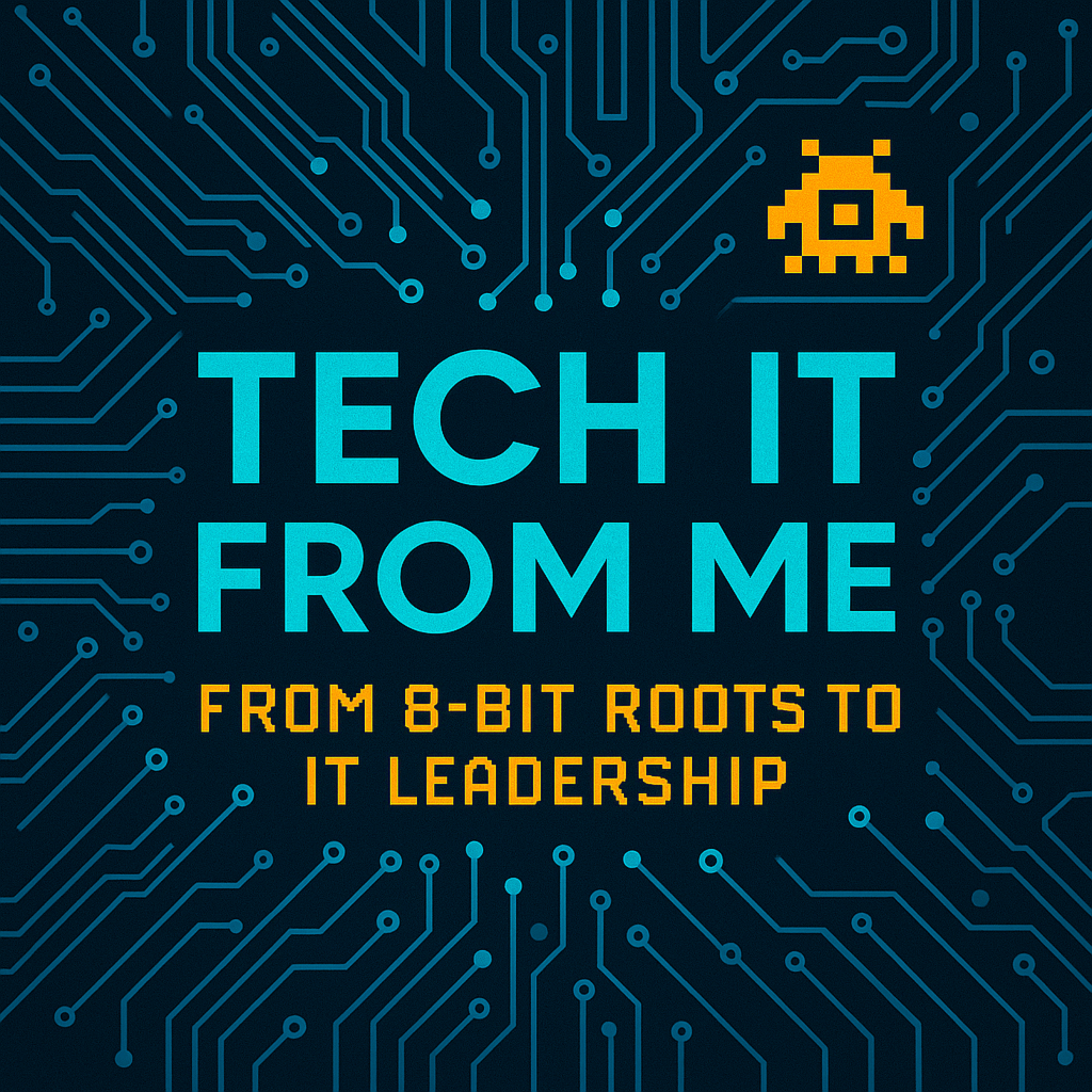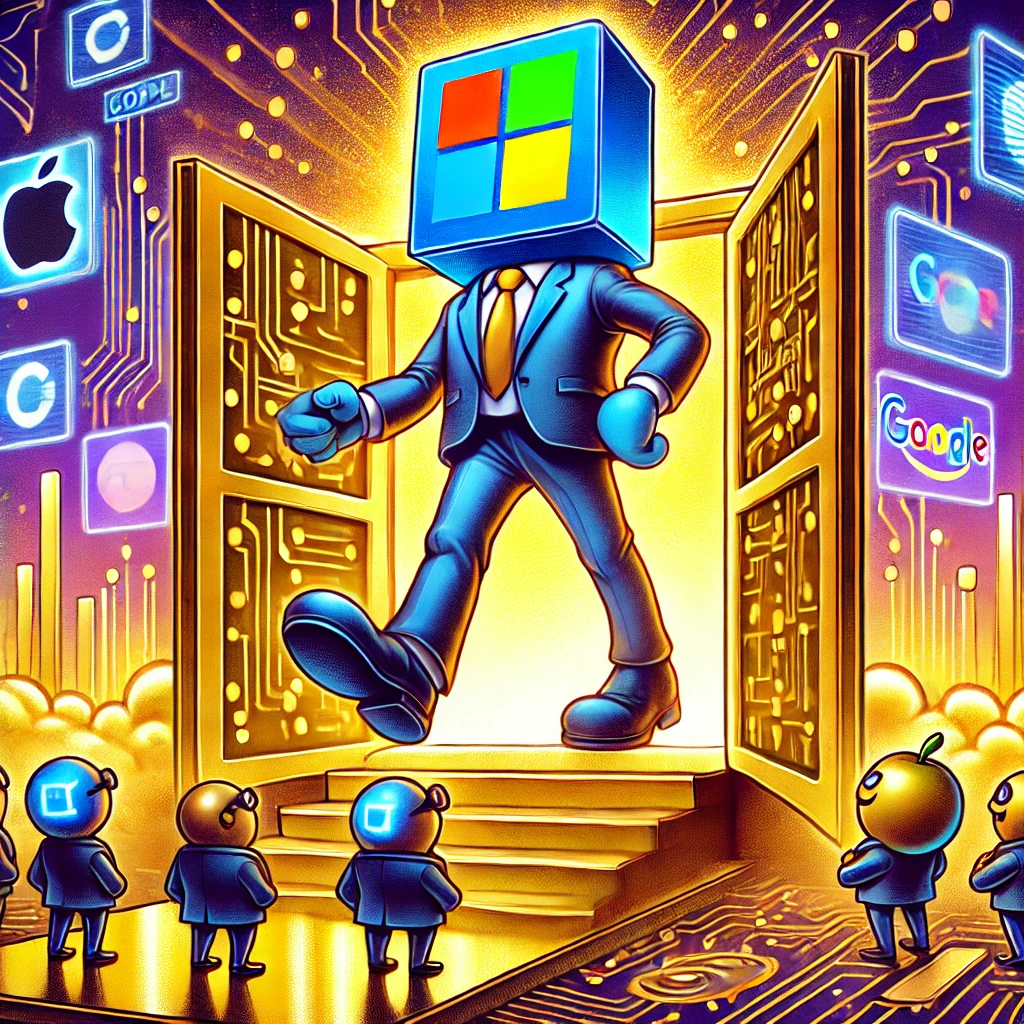On July 31, 2025, Microsoft officially closed the trading day with a market cap just over $4 trillion—making it only the second company in history to do so, right after Nvidia reached the same milestone earlier this month.
This isn’t just a number. It’s a signal—and in this post, I’m breaking down why this moment matters, how Microsoft pulled it off, and what it tells us about where the tech world is headed next.
Table of Contents

🚀 Microsoft’s Massive Move: Why $4 Trillion Matters
This wasn’t a quick intraday pop or speculative hype rally.
Microsoft’s valuation crossed the $4T mark after blowout earnings, analyst upgrades, a ‘right-sizing exercise‘, and a surge of institutional investor confidence. It capped off a full-day rally that placed Microsoft at the center of a new tech era—one driven not by consumer hardware, but by enterprise-scale artificial intelligence.
To put it in context:
- Microsoft added $1.5 trillion in market value in just two years.
- That’s more than the entire market cap of Meta, Netflix, or Tesla.
- And they did it not by disrupting their core business, but by evolving it, with AI at the center.
🧱 The Four Pillars Behind Microsoft’s AI-Powered Ascent
Microsoft’s success isn’t accidental. It’s built on four tightly integrated pillars:
1. Azure: The AI Cloud Engine
Azure has gone from being the runner-up to AWS to becoming the go-to platform for AI workloads. With exclusive access to OpenAI’s models like GPT-4 Turbo, Azure is the foundation for developers building the next generation of intelligent apps.
2. Copilot: AI Where People Work
Microsoft embedded generative AI directly into Word, Excel, Outlook, Teams, and more. Users don’t have to learn a new tool—it’s just there, helping them write, build, and analyze faster. And it’s all tied to Microsoft 365, creating recurring revenue and deeper stickiness.
3. OpenAI Partnership: The Masterstroke
In 2023, Microsoft made a $10 billion bet on OpenAI. That gave them first-mover advantage and exclusive commercial rights—allowing them to integrate OpenAI’s best models into their cloud and productivity platforms before competitors could catch up.
4. Enterprise Trust: The Boring Superpower
Microsoft is the safe bet for CIOs. It already powers identity systems, compliance frameworks, and collaboration tools. So when Microsoft says, “Here’s an AI upgrade,” IT leaders don’t hesitate—they adopt.
These four pieces reinforce each other. Azure runs Copilot. Copilot uses OpenAI. OpenAI is hosted on Azure. And the enterprise already trusts Microsoft to deliver it securely.
⚙️ Nvidia: The Engine Behind Microsoft’s AI Stack
Behind every Copilot interaction or Azure AI workload is something you don’t see—Nvidia’s GPUs.
Microsoft is now one of Nvidia’s biggest customers, relying on H100 and H200 chips for large-scale training and inference. This partnership is not transactional—it’s symbiotic.
- Nvidia provides the compute horsepower.
- Microsoft brings the platform, the customer base, and the integration.
Together, they form the backbone of enterprise AI—one supplying the engines, the other building the roads and vehicles.
🌍 What This Means for the Tech Industry
The $4T milestone signals a broader shift in tech leadership:
- Apple still dominates consumer hardware but has been slow to lead in enterprise AI.
- Amazon remains strong in cloud but hasn’t delivered a breakthrough AI platform.
- Google has raw AI talent but struggles with product rollout and clarity.
Microsoft? It’s shipping real, integrated, profitable AI today.
The playbook is simple but powerful:
“Don’t make people switch platforms. Just enhance what they already rely on.”
🧭 Where We’re Headed Next
We’re entering an era of enterprise intelligence scale, where companies succeed by deploying AI across every workflow, team, and business process.
And the winners will be those who:
- Integrate AI securely
- Deliver it at scale
- And do it without disrupting the user experience
Microsoft and Nvidia are doing precisely that. Others may follow, but the bar is now higher than ever.
🎧 Want the Full Breakdown?
You can listen to the full episode—“Chasing the $4 Trillion Club”—on your favorite podcast platform or right here on the site. I go deeper into:
- How Microsoft’s AI ecosystem works under the hood
- Why Nvidia is more than just a chip company
- What CIOs and IT leaders should take from all this
💬 Let’s Talk
Are you using Microsoft’s AI tools yet? Has your business adopted Copilot or Azure OpenAI services?
Drop a comment or connect with me on LinkedIn—I’d love to hear how you’re navigating this new era of enterprise AI.
(Feature image generated with the help of DALL-E)

